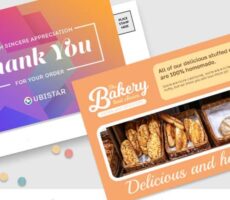Digital and print media are constantly at war, but is one really better than the other? It’s hard to compare the two when one is tactile and the other is electronic, but for marketers, there is much more at stake – ROI on advertising.
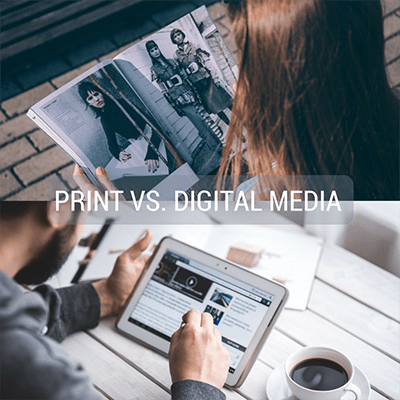
Traditional print has a couple advantages – no internet required, I can actually feel the pages, and it’s my trusty go-to when the flight attendant makes everyone else put away their laptops before takeoff. The cons? Print advertising can be costly, impressions are hard to track and it’s only available on one platform.
Digital media on the other hand? I don’t have to wait for the next issue to hit the stands, information is usually free, and I can watch videos and GIFs all day. The downside to social media marketing is that prospects are disinterested, you could run into technical difficulties and it opens the floor for negative comments and rants.
Attention-Seeker
So you weren’t exactly a bookworm in school, but statistics show that print materials hold one’s attention much longer than digital media. Luxury car brand BMW put this to the test with its static print ad reporting better recall than its web or TV campaigns.
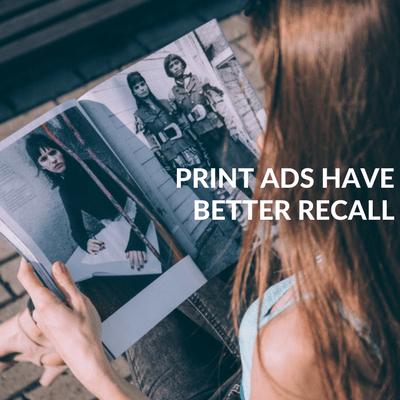
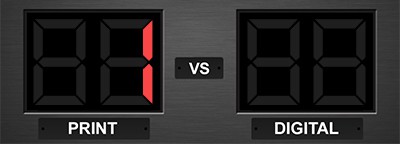
Social Butterfly
Social media marketing lets consumers double tap and share the love online, i.e. likes, comments, shares, retweets, etc. Print marketing ends up doing the same and driving consumers online to connect.
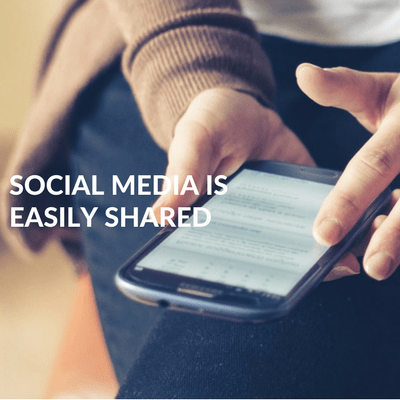
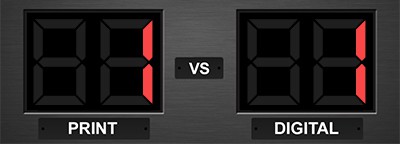
Rulebreaker
How do you squeeze promo details into 140 characters? Print products aren’t limited by character counts, load times or competing hashtags. Direct mail marketing is delivered directly into prospects’ hands and enjoys a higher average response rate.
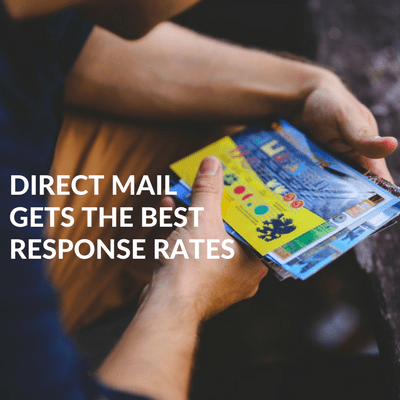
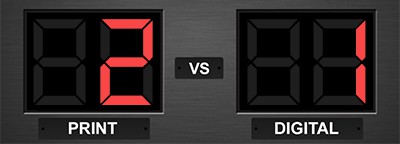
Control Freak
Digital marketers can score a bullseye by targeting ads by specific regions, demographics and keywords. Social media marketing offers more tracking, scalability and control over the print medium.
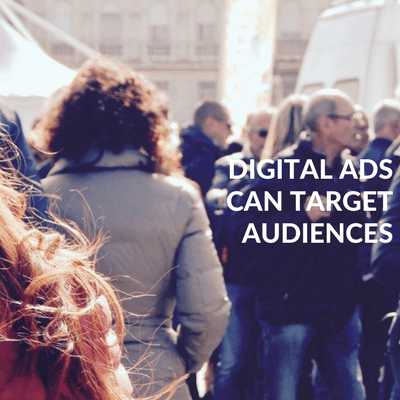
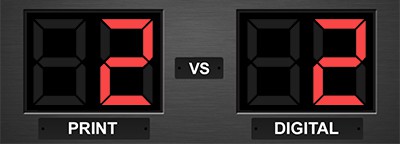
Trustworthy
Do consumers trust print or digital ads more? Turns out, traditional print ads are more trusted by internet users when deciding to buy, even among the younger generations.
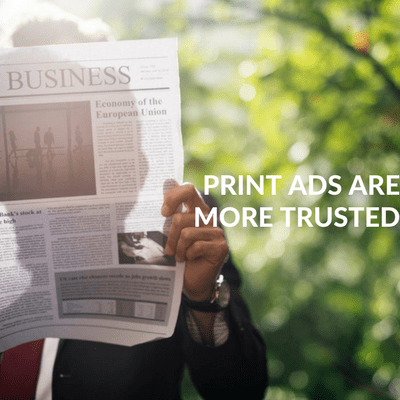
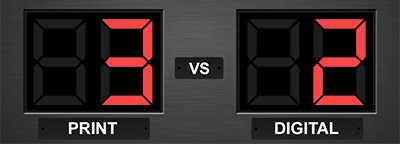
Playful
If your audience prefers watching videos over reading text, digital media would be the ideal channel. Social media ads are clickable and can incorporate videos, GIFs and elements of gamification across laptops, tablets and mobile devices.
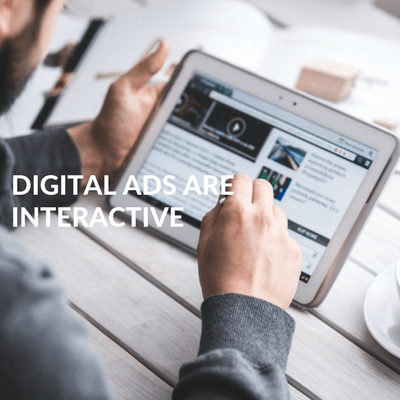
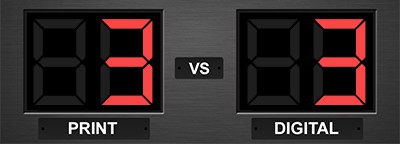
When print and digital media go head to head, they both come out on top. For marketers, the most winning strategy is to balance both forms of advertising. Traditional print supports digital media by forming trust and providing a sensory experience that eventually leads prospects online where they can be further entertained, targeted and measured. Sounds like a win-win!
For more small business marketing strategies, subscribe to Overnight Prints blog.





